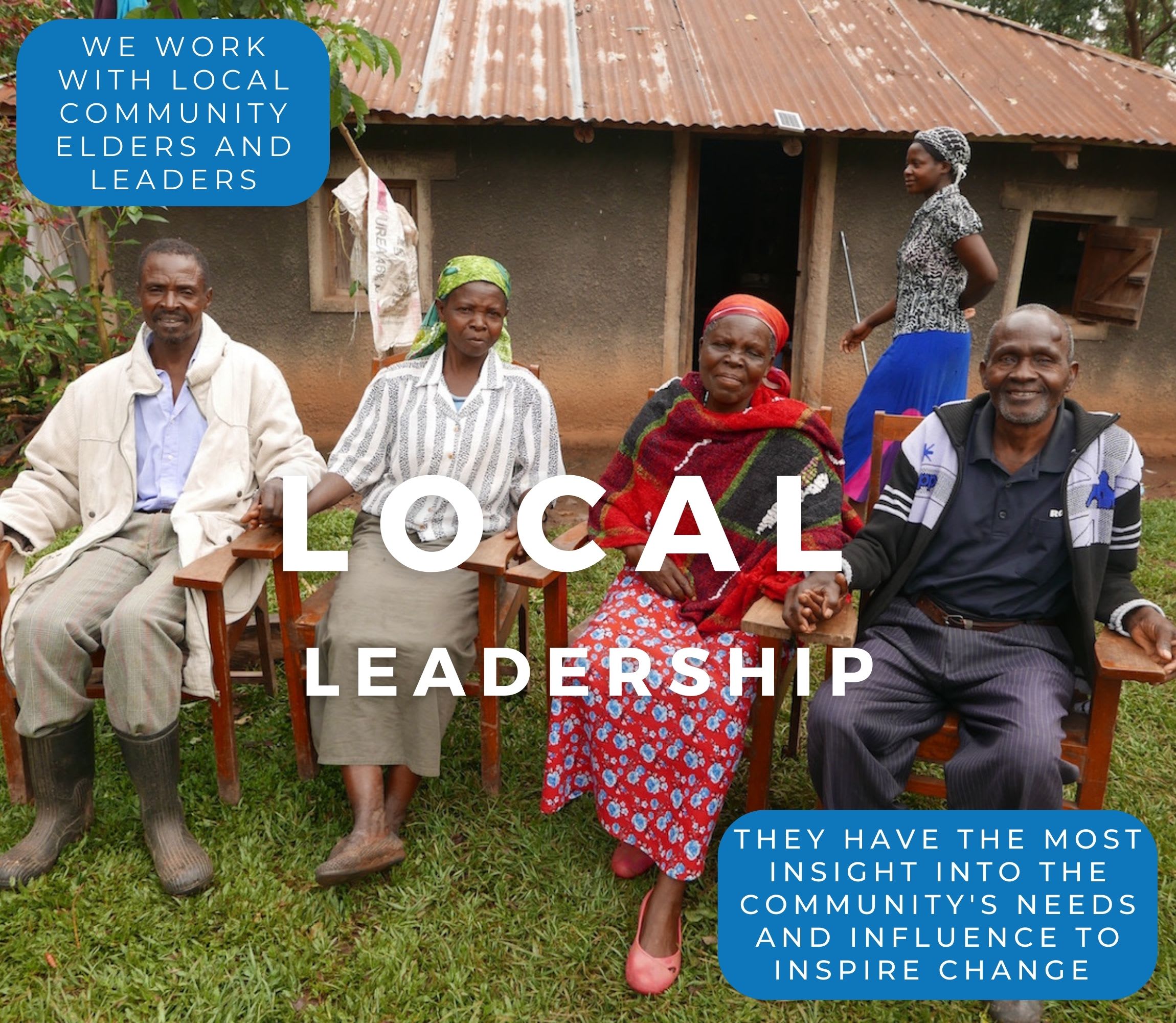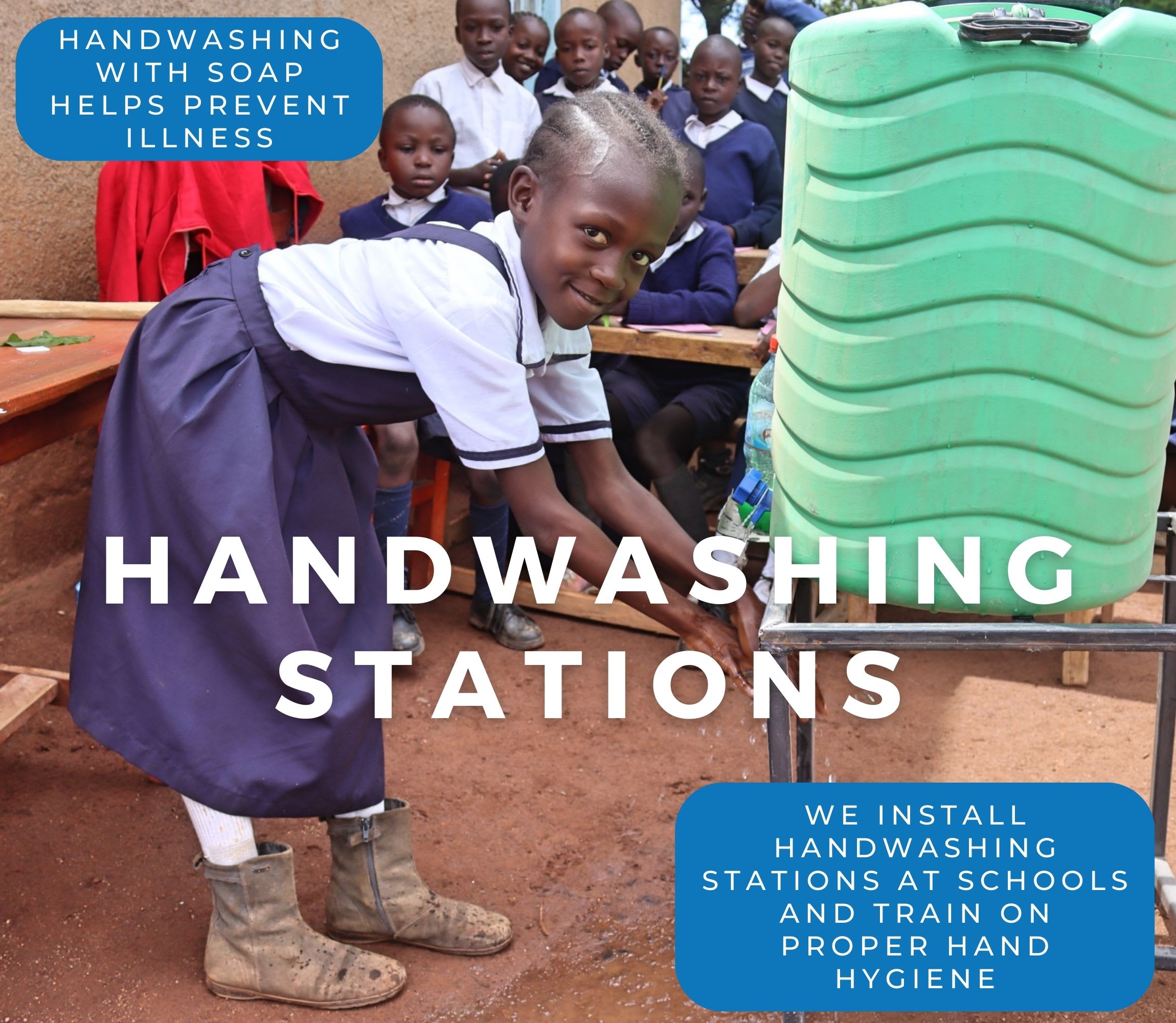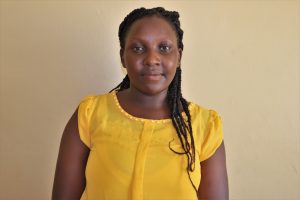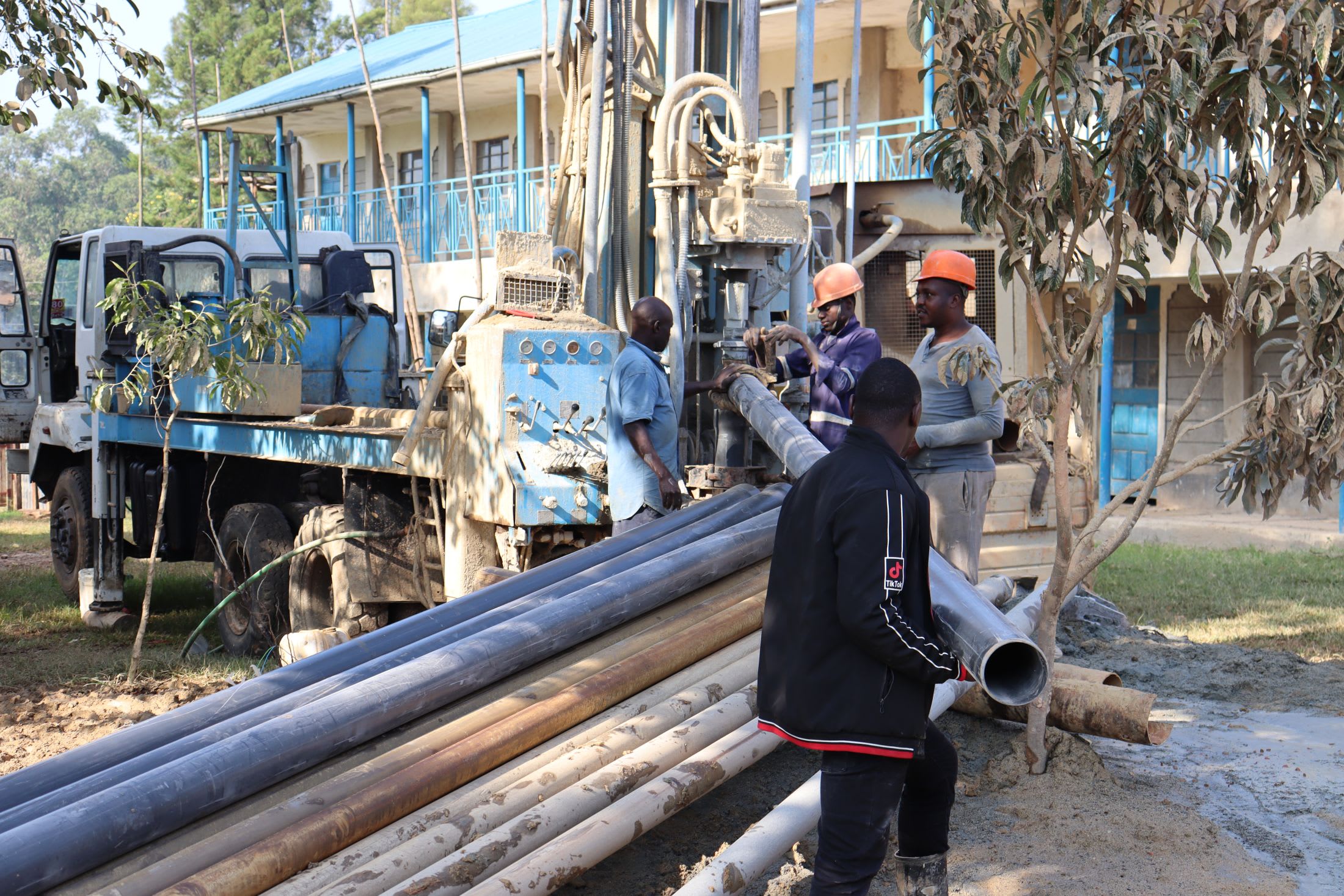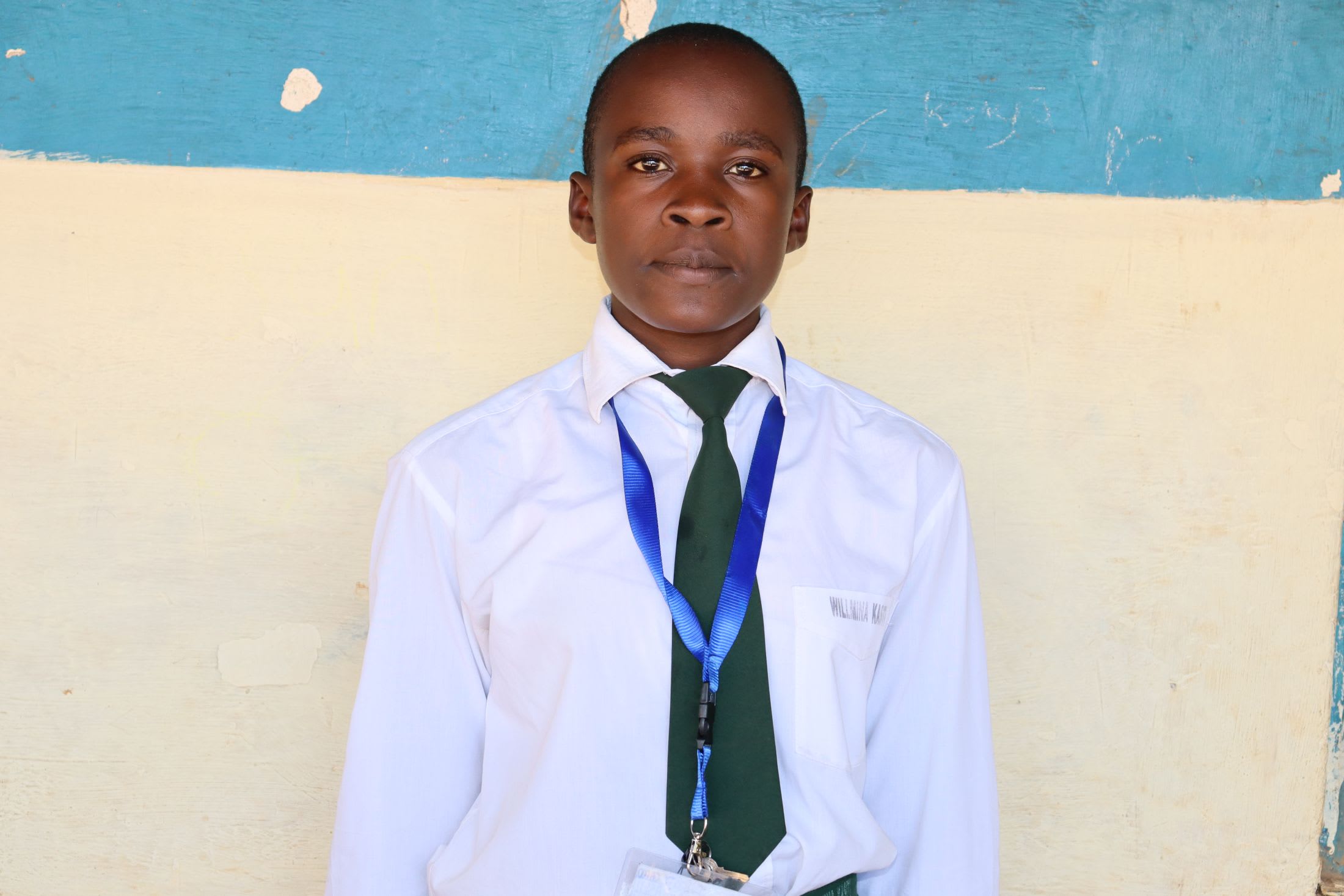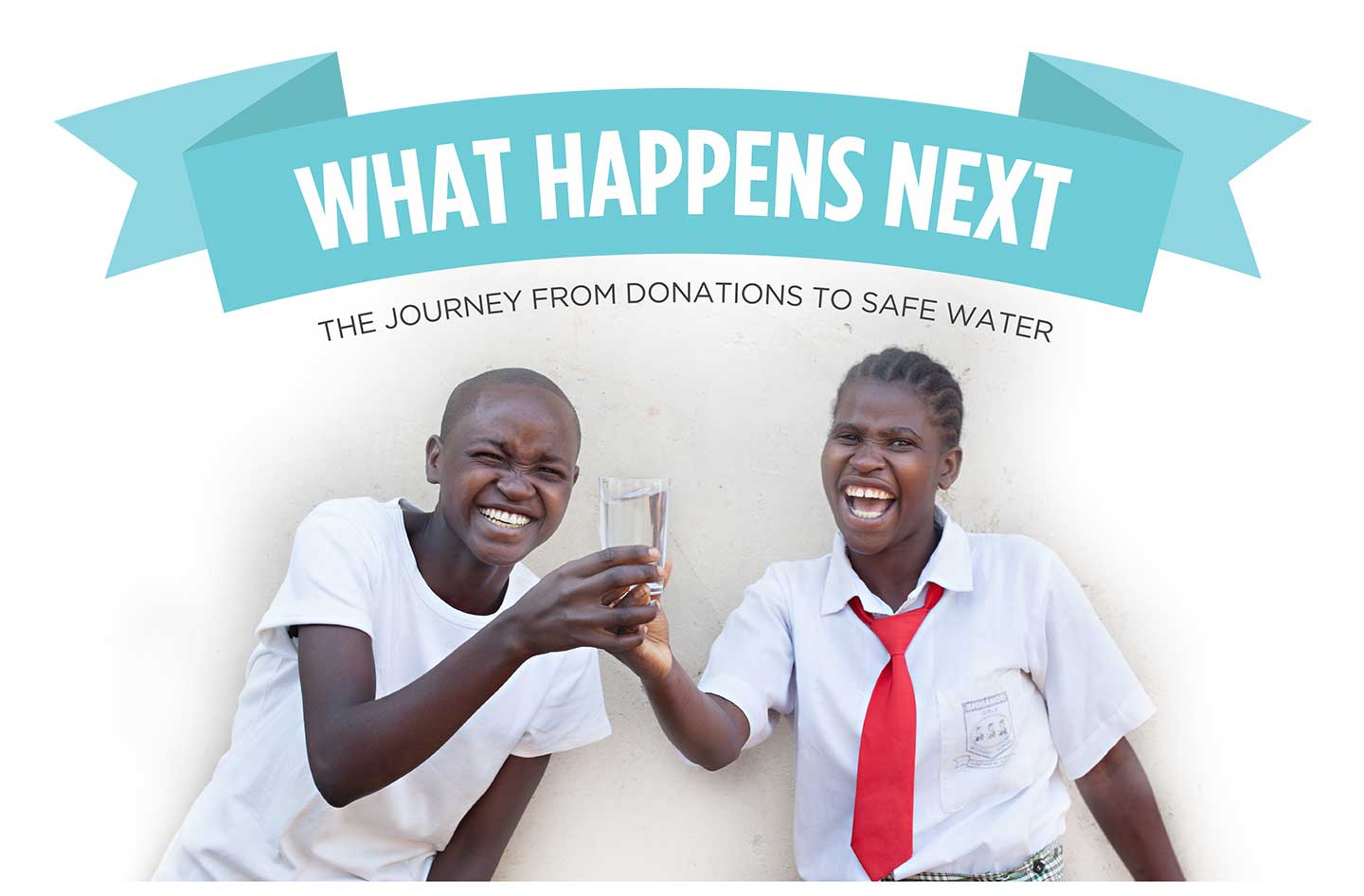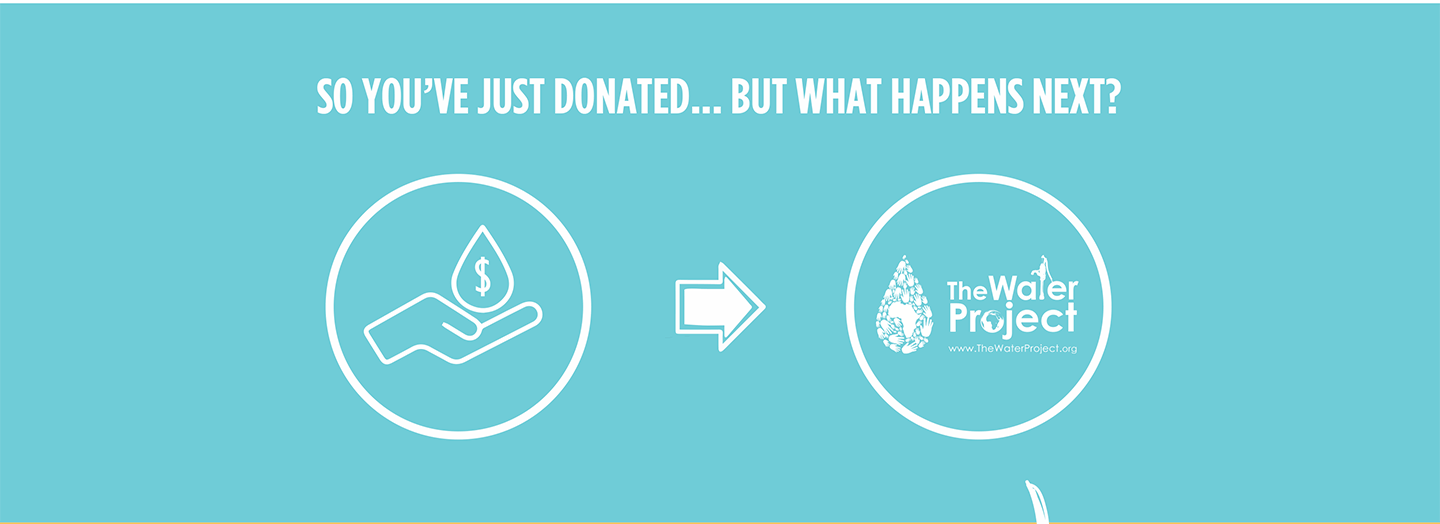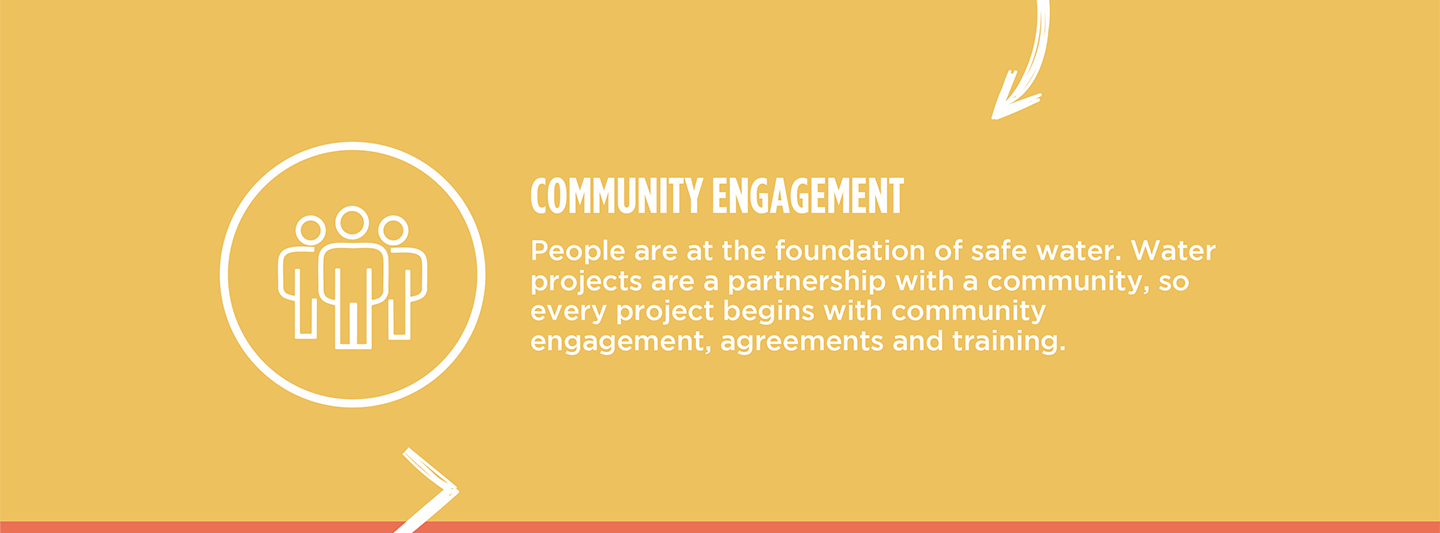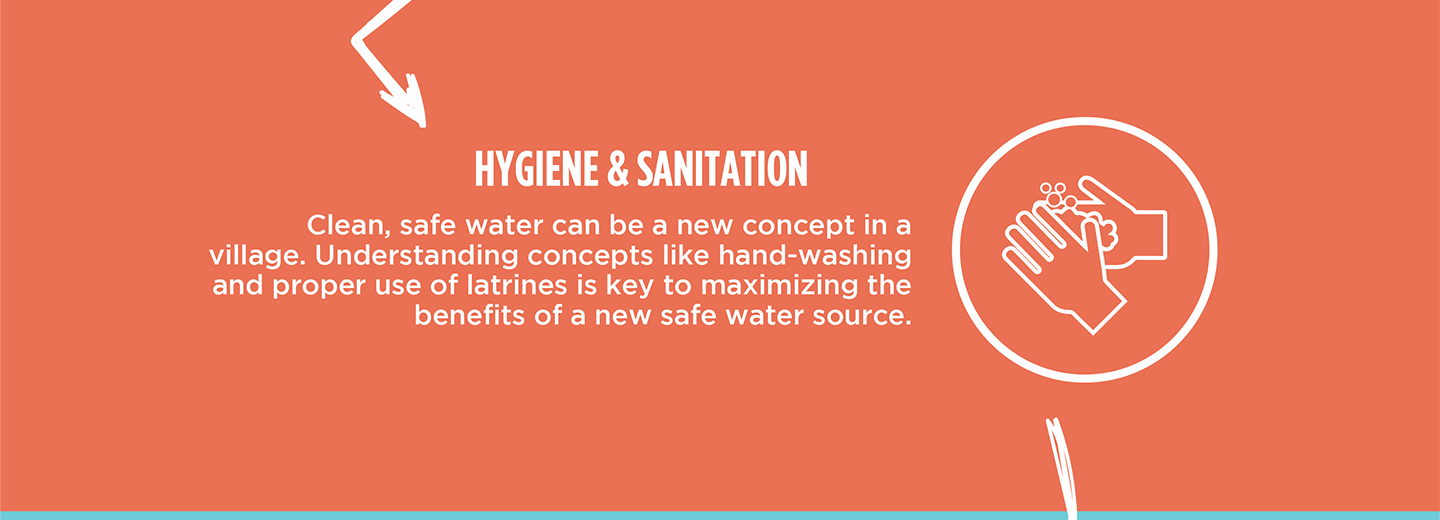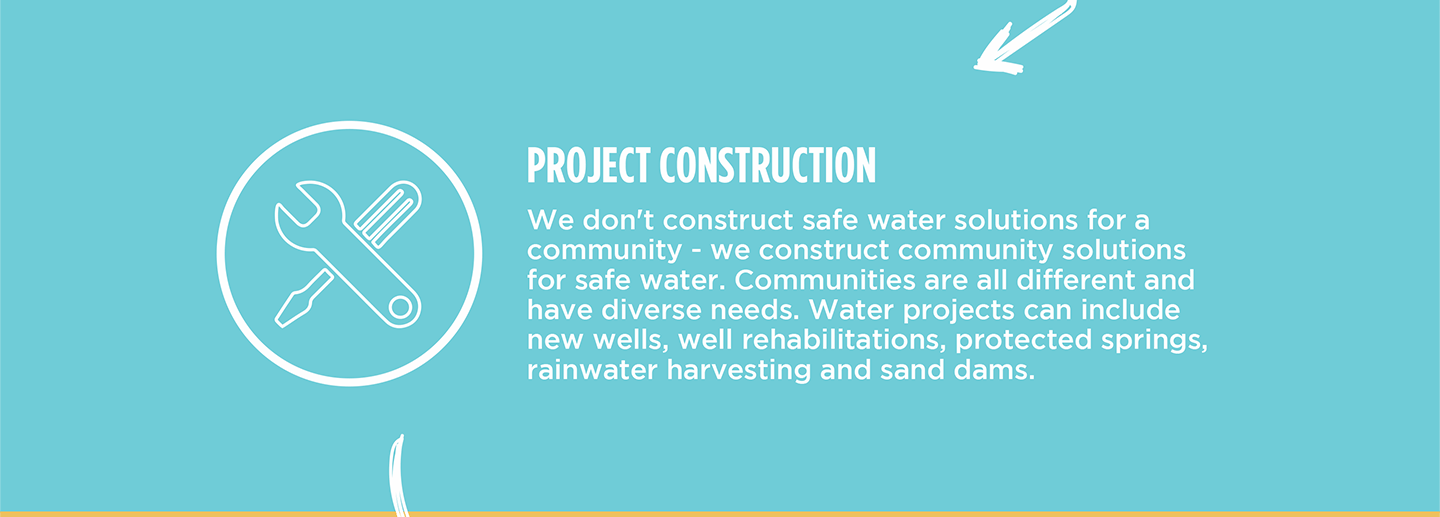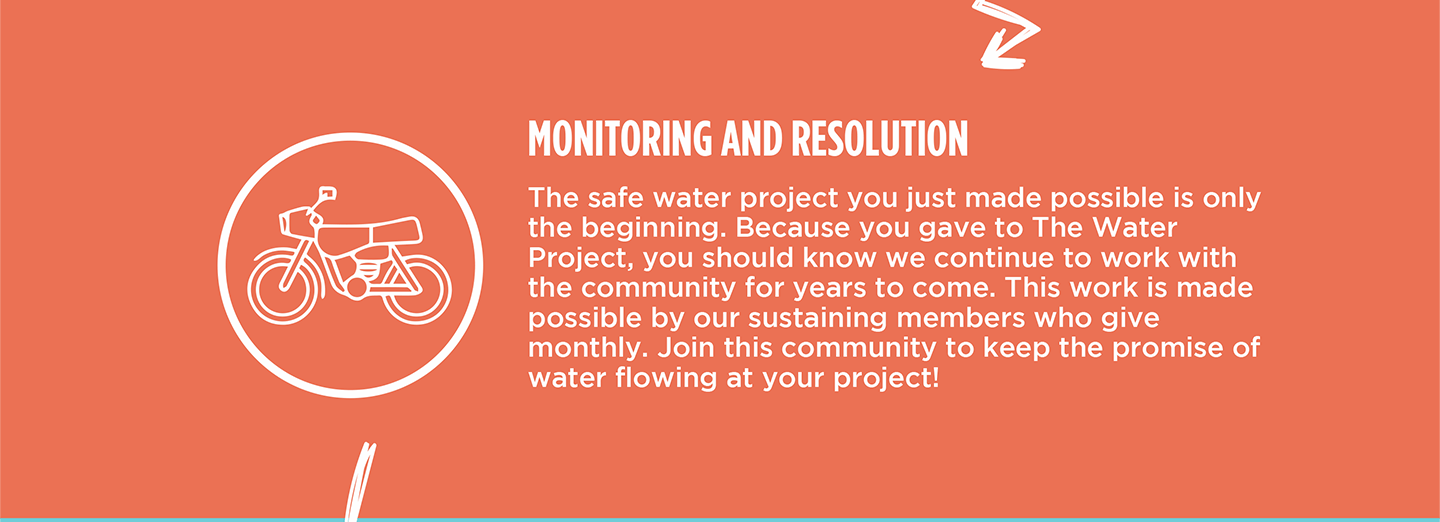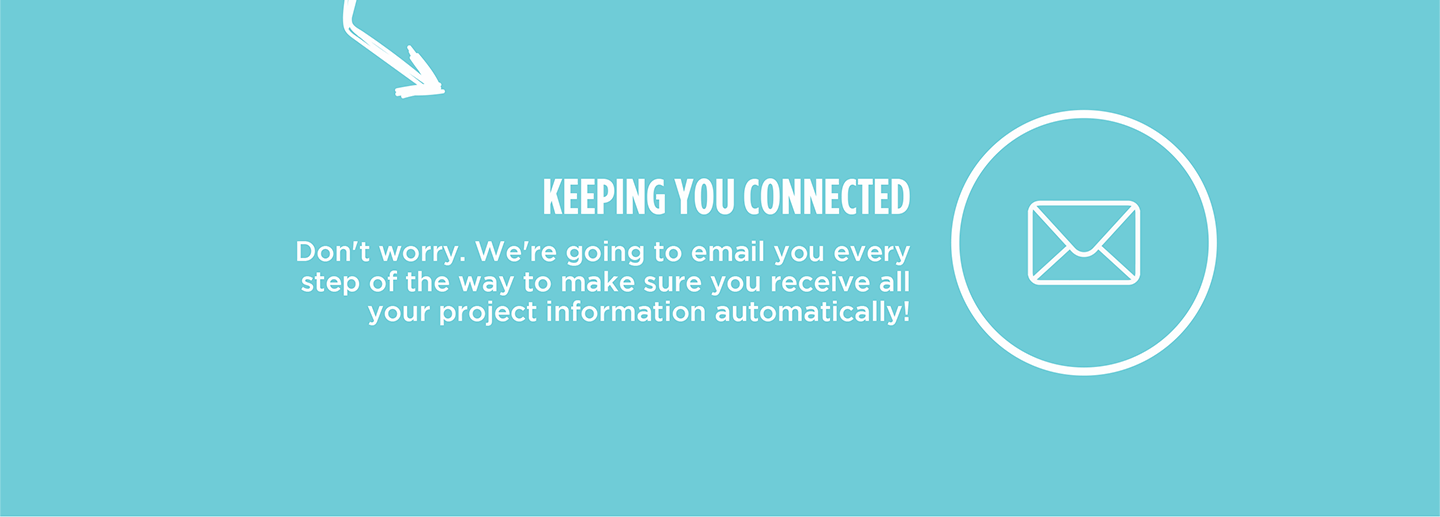The 375 students and staff members at Matende Primary School struggle each day to have sufficient water to meet their needs. In 2016, we implemented a rain tank at the school, but the tank does not hold enough water to meet the current demands.
"The rainwater harvesting tank that is the main source of water in this school [is not] able to serve the school because the population is now too high. The school is facing a lot of challenges to get water, especially during dry seasons. The students are forced to go outside the school compound to fetch water, which interferes with [their] learning." said field officer Nelly Chebet.

Students must walk to the community spring to collect water when the rain tank runs dry, which it inevitably does, especially during the dry season. This takes students quite a bit of time because the spring is not close to the school, and it is shared with community members, causing long lines.
Students not only waste their valuable learning time waiting to collect water, but once it is their turn, they are often collecting water in dirty containers, contaminating the water everyone will soon be drinking.
"During dry spells, students are forced to fetch water [at the] spring using a different jerrican. Sometimes the water is very dirty because the jerrican is dirty, which causes waterborne diseases even if the water source is safe," said 45-year-old head teacher Pattason Lukao, seen below in class teaching students.

"Fetching water outside the school compound is very tiresome. During dry spells, we spend a lot of time carrying water for cleaning and drinking, which interferes with our learning. The spring is found in a deep area, which is very risky for young girls [like] me. Moreover, carrying water is very challenging since the route [to] the spring is sloped," said 14-year-old Brudence M. (seen below).

"The spring is far away from the school compound. Most students have reported that carrying water from the spring is very tiresome and hectic since the spring is found in a deep area," said Nelly.

The school needs an alternative source that can provide plenty of water whenever needed so students do not have to leave the school grounds to find and collect water and come back exhausted and unable to focus on learning. The installation of a well will help.
"The proposed project will assist them to minimize time wastage in their studies. The school administration believes that the proposed project will help improve the academic performance since water has been the main challenge to this school," concluded Nelly.
Note: Our proposed water point can only serve 300 people per day. We hope to continue working with this community to identify other water solutions that will ensure all of the people in this community have access to safe and reliable drinking water.
Water at schools is unique, which is why we need unique solutions.
The Proposed Solution, Determined Together...
At The Water Project, everyone has a part in conversations and solutions. We operate in transparency, believing it benefits everyone. We expect reliability from one another as well as our water solutions. Everyone involved makes this possible through hard work and dedication.
In a joint discovery process, community members determine their most advantageous water solution alongside our technical experts. Read more specifics about this solution on the What We're Building tab of this project page. Then, community members lend their support by collecting needed construction materials (sometimes for months ahead of time!), providing labor alongside our artisans, sheltering and feeding the builders, and supplying additional resources.
Water Access for Everyone
This water project is one piece in a large puzzle. In Kenya, Sierra Leone, and Uganda, we're working toward complete coverage of reliable, maintained water sources that guarantee public access now and in the future within a 30-minute round trip for each community, household, school, and health center. One day, we hope to report that this has been achieved!
Training on Health, Hygiene & More
With the community's input, we've identified topics where training will increase positive health outcomes at personal, household, and community levels. We'll coordinate with them to find the best training date. Some examples of what we train communities on are:
- Improved hygiene, health, and sanitation habits
- Safe water handling, storage & treatment
- Disease prevention and proper handwashing
- Income-generation
- Community leadership, governance, & election of a water committee
- Operation and maintenance of the water point
Handwashing Stations
Alongside each water source, we also provide two new gravity-fed handwashing stations that will allow everyone at the school to wash their hands without running water. Handwashing is so important to help prevent future water-related illnesses in the school community.
The student health club will maintain the stations, fill them with water, and supply them with soap (which we will teach the school community how to make during the training!).
VIP Latrines
In addition, we will construct two triple-door Ventilated Improved Pit (VIP) latrine blocks designed to prevent fecal disease transmission. Each latrine will have a cement floor, which is easy to use and clean regularly. Three doors will serve the girls, and three doors will serve the boys.
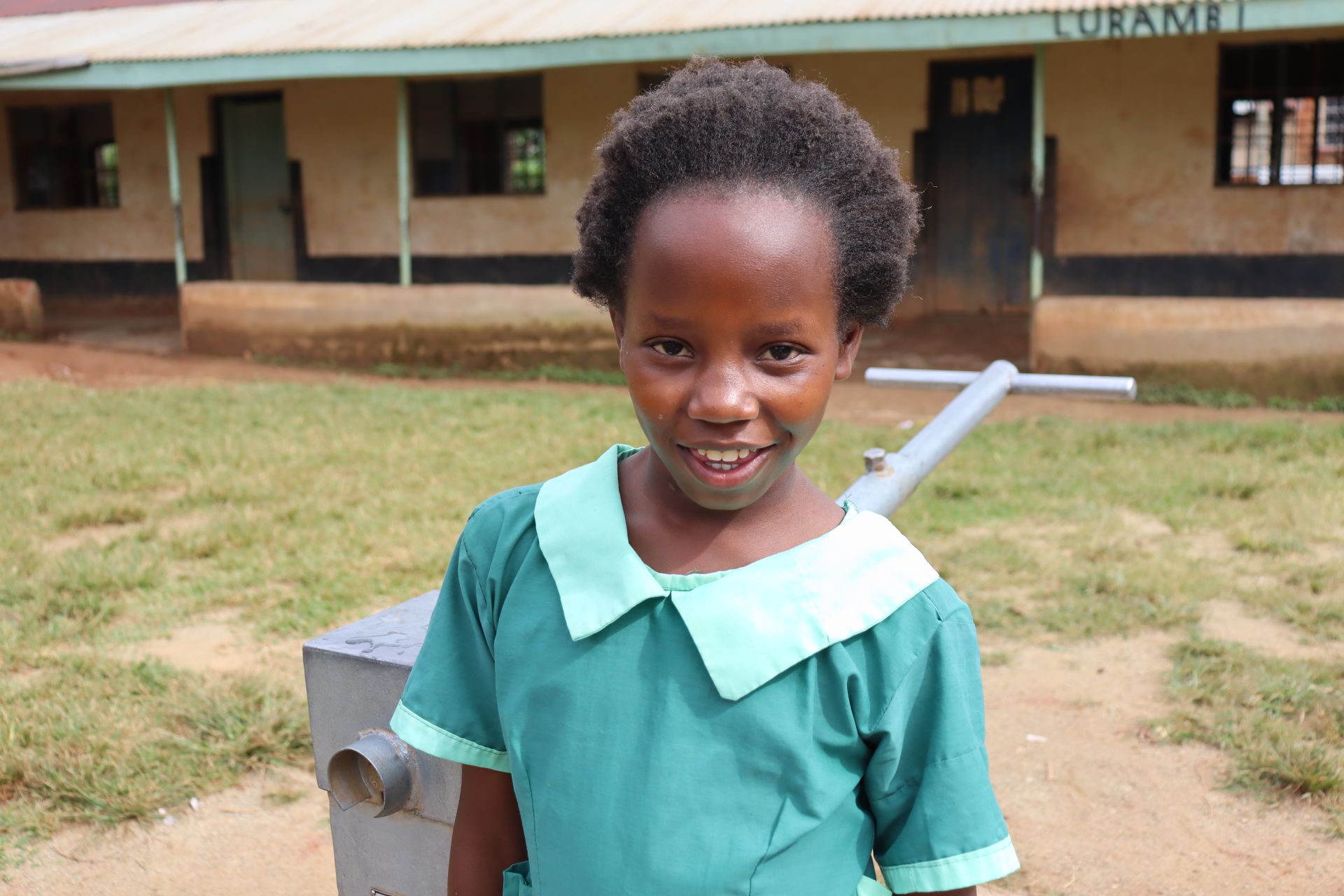
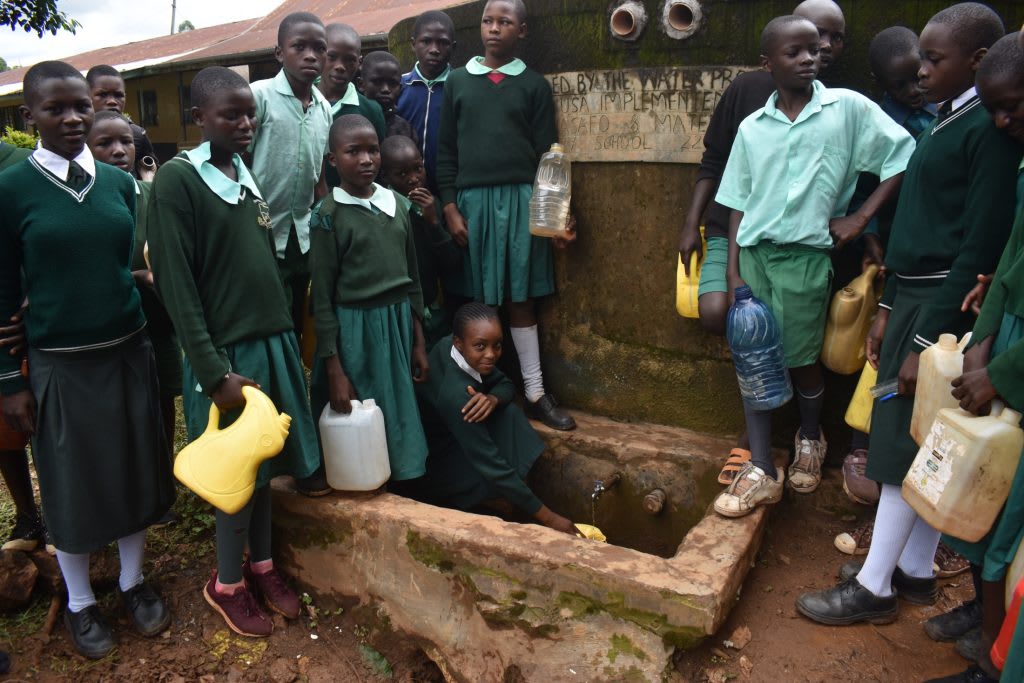
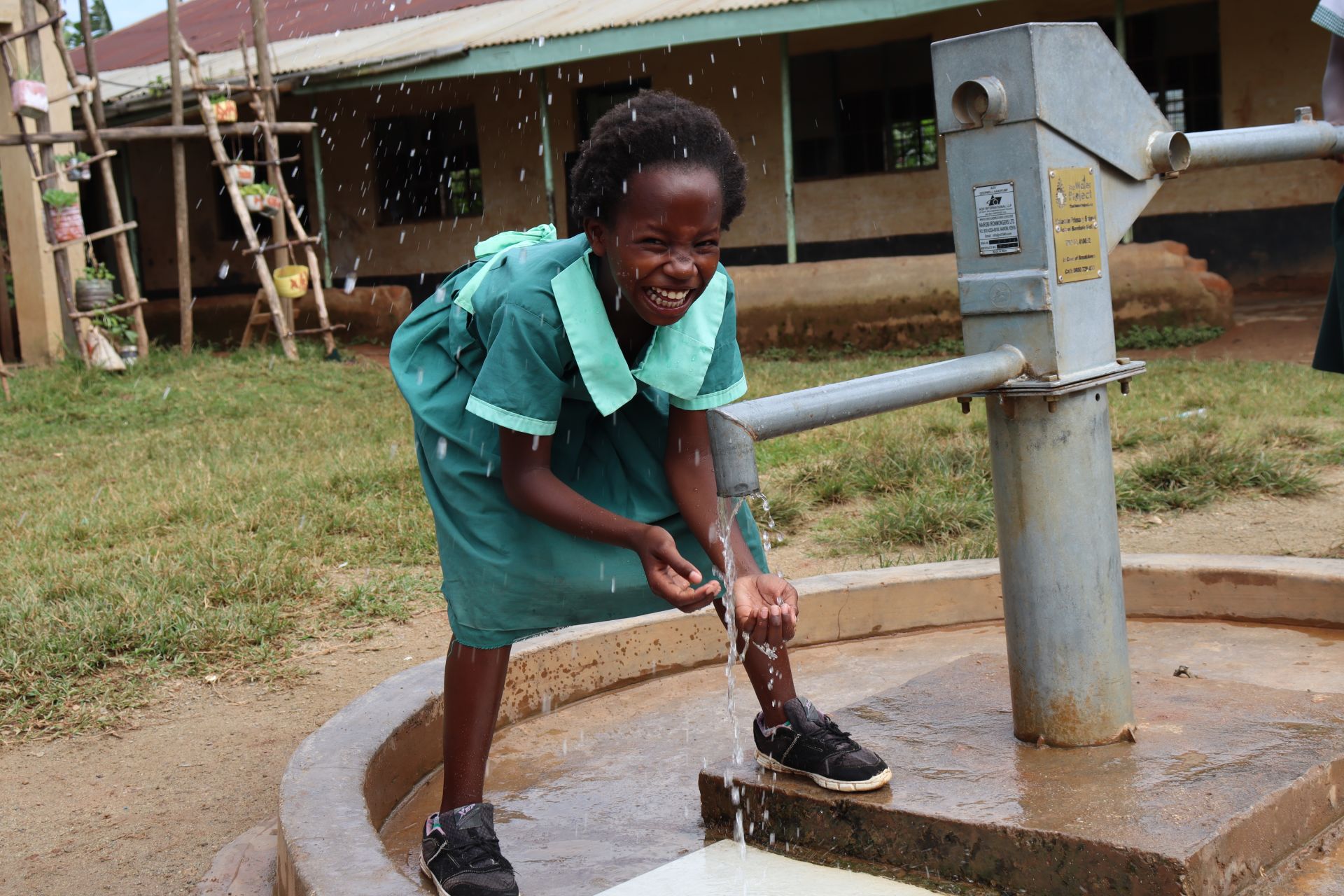
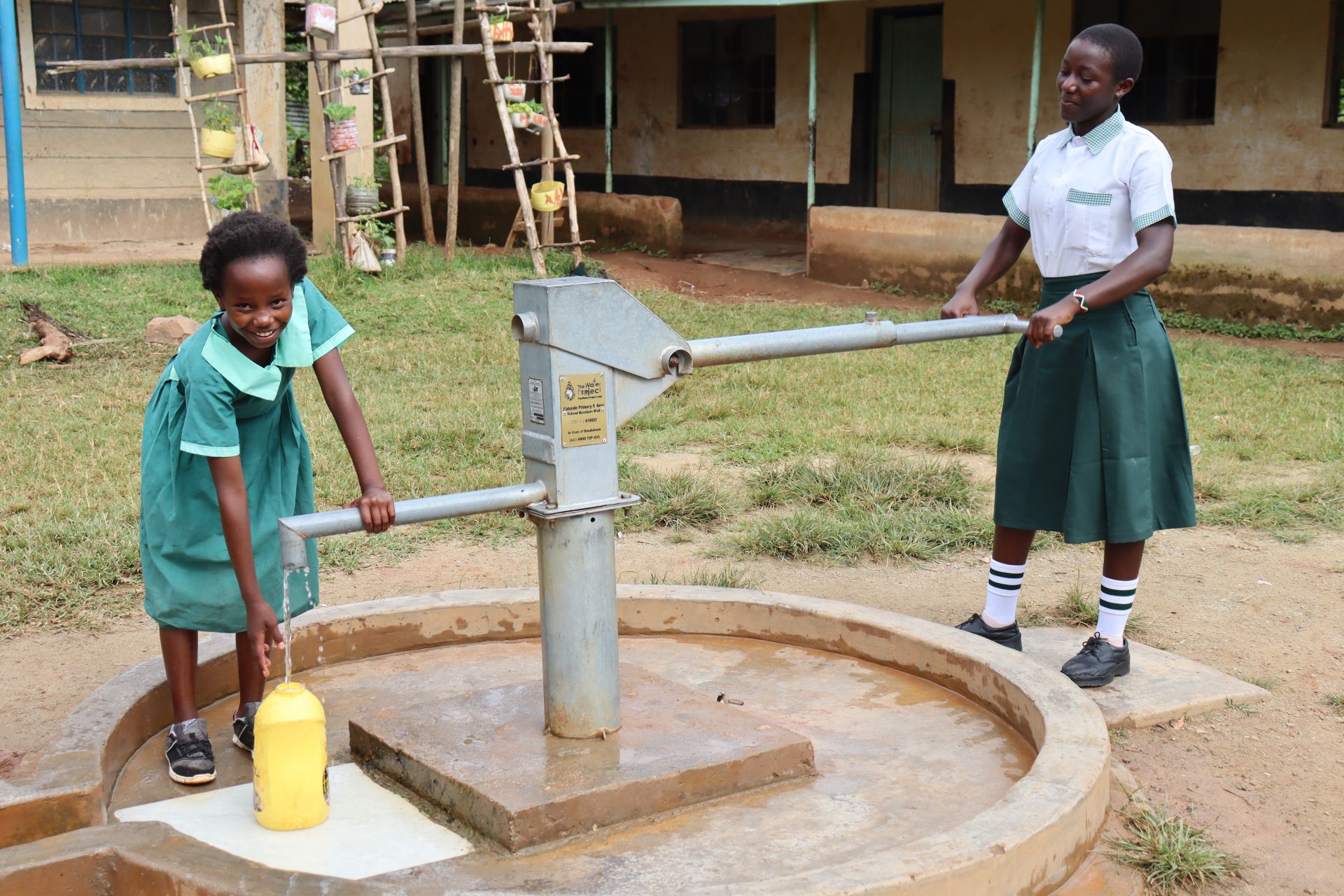
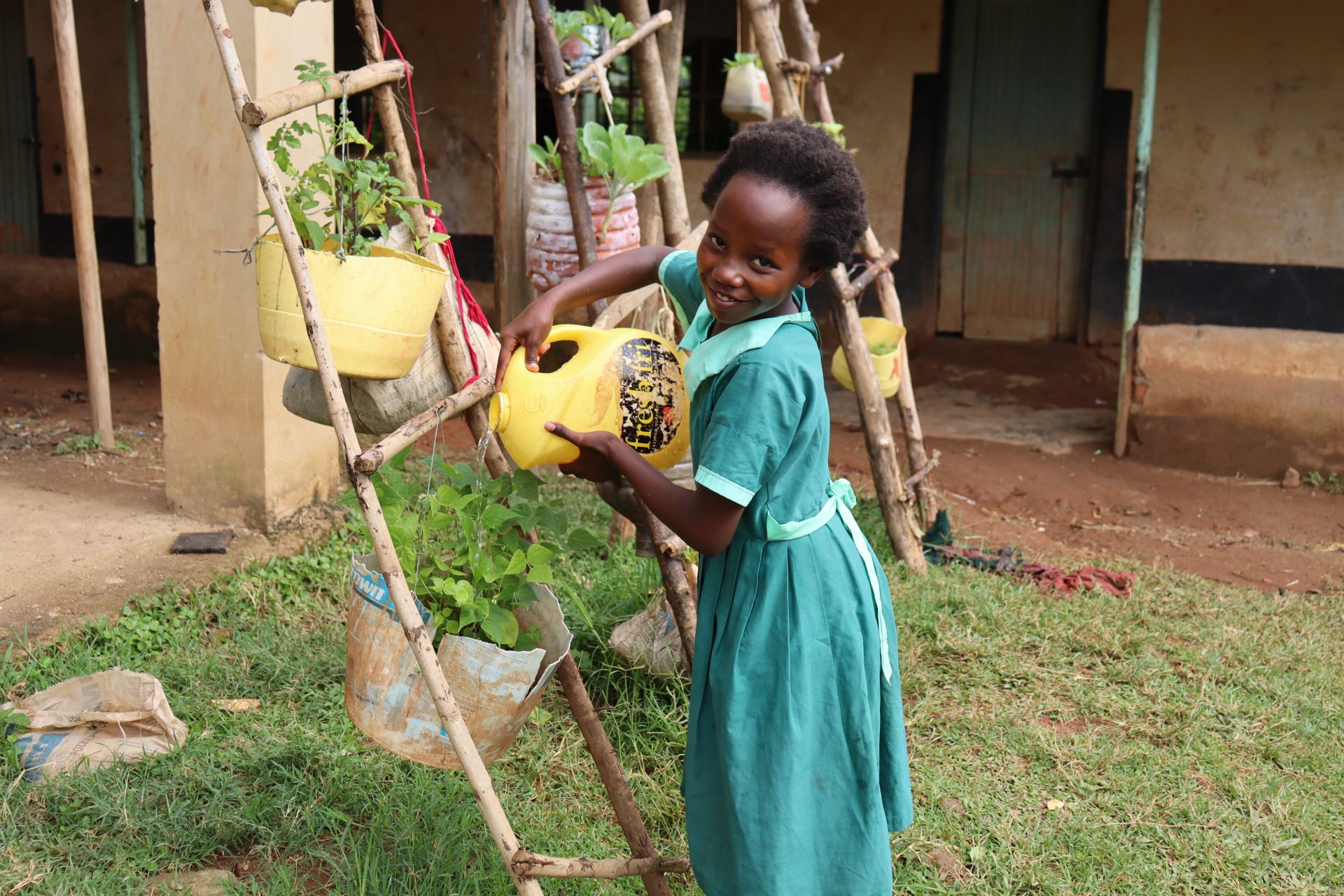
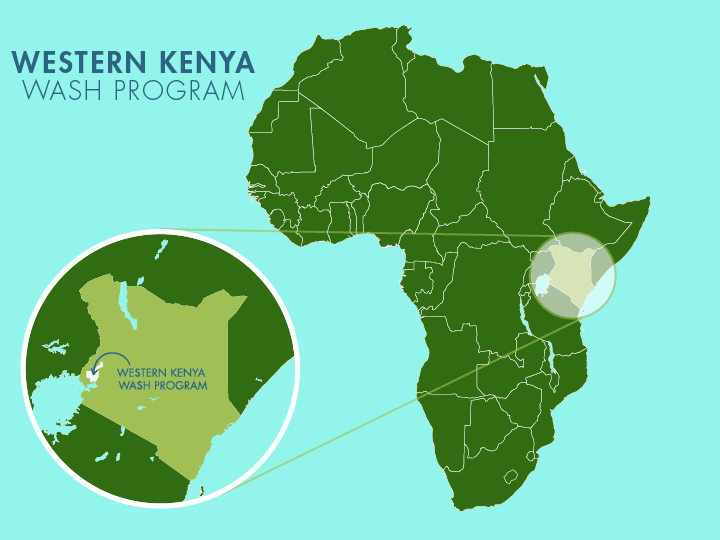
 Borehole Well and Hand Pump
Borehole Well and Hand Pump
 Rehabilitation Project
Rehabilitation Project

